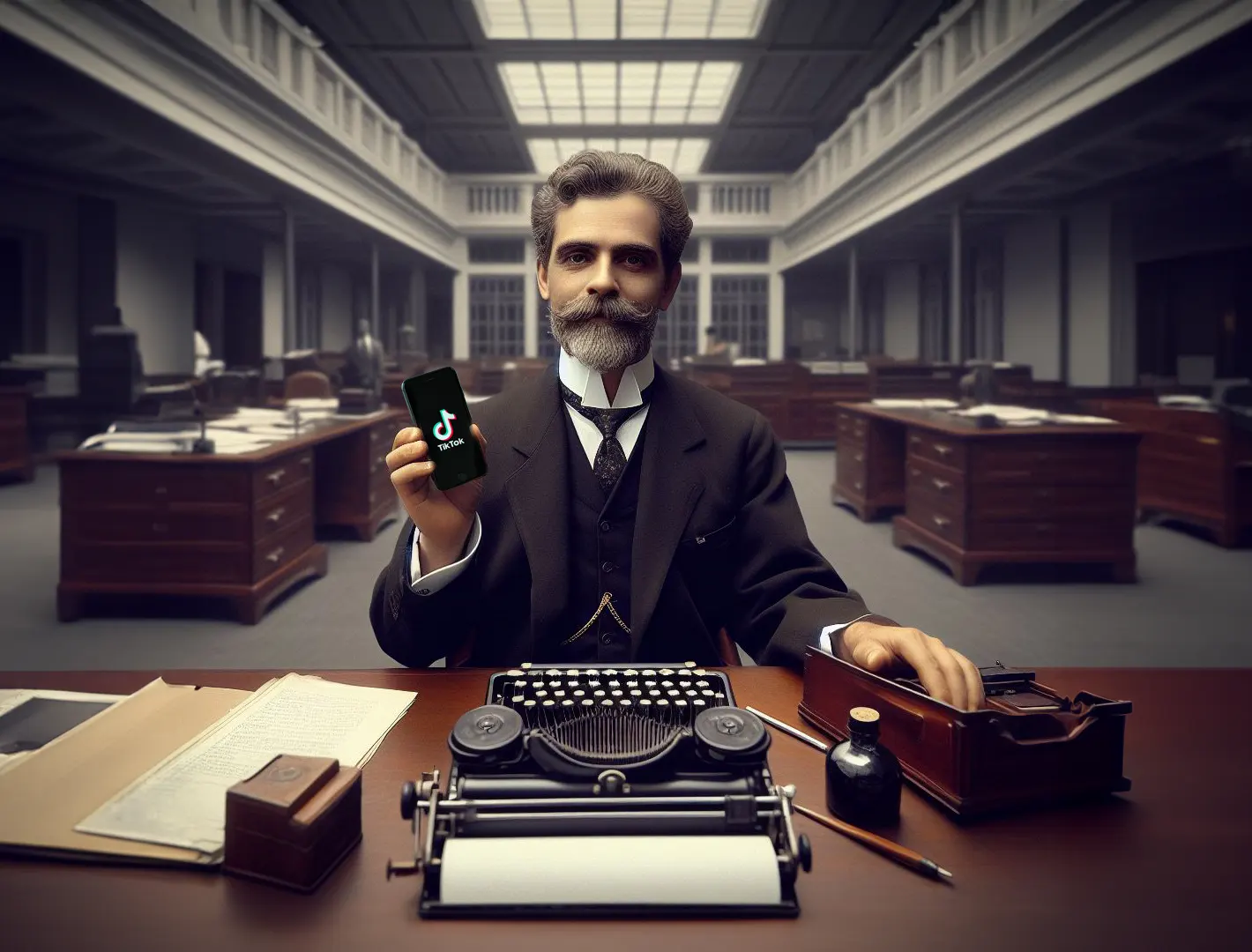5 Reasons Why Storytelling in Communication is Essential for Engaging Audiences
Ever noticed how a good story can captivate you from the first sentence? That’s no accident. Storytelling in communication has become a powerful tool for engaging audiences and conveying messages effectively.
Whether you’re a business professional, a marketer, or a leader, understanding how to use narratives can significantly enhance your ability to connect with others.
In today’s world, where people are bombarded with information, stories cut through the noise. They resonate on a deeper level, making complex ideas more relatable and memorable.
As a result, professionals are increasingly recognizing the value of storytelling in communication to make their messages stick.
Let’s explore why storytelling is such a powerful communication tool and how you can use it to make your interactions more impactful.
Why Storytelling is a Powerful Communication Tool
At its core, storytelling in communication works because it taps into something fundamentally human. Stories have been a part of our culture for centuries, helping us make sense of the world and share experiences. But why do they work so well?
One reason is that stories engage the brain differently than plain facts or data. When we hear a story, our brains don’t just process the information—we live it. We visualize the scenes, feel the emotions, and even empathize with the characters. This deep engagement makes stories memorable and helps the message stick long after the story is over.
Another key aspect of storytelling is its ability to simplify complex ideas. When you wrap information in a narrative, it becomes easier to understand and relate to.
This is particularly important in fields like marketing, education, and leadership, where the goal is to make an impact quickly and clearly.
By using storytelling in communication, you can create a strong emotional connection with your audience. This connection is what drives action, whether it’s making a decision, embracing a new idea, or simply remembering what you’ve said.
The Science of Storytelling: How It Engages the Brain
There’s more to storytelling in communication than just engaging content. Science backs up why storytelling is so effective. When we hear a story, our brains release chemicals like oxytocin, which promotes empathy and trust, and dopamine, which helps with memory and attention.
When you tell a story, you’re not just sharing information; you’re activating multiple parts of your audience’s brain. This includes areas responsible for sensory experiences, emotions, and motor functions. In other words, a well-told story can make your audience feel like they’re living the experience themselves.
This deep level of engagement leads to better retention of information. People are more likely to remember stories than a list of facts or bullet points. This is why storytelling in communication is so effective in teaching, marketing, and leadership—it turns abstract ideas into tangible experiences.
Moreover, storytelling can create a shared experience, fostering a sense of connection between the storyteller and the audience.
This connection can make your message more persuasive and impactful, helping you to influence others and drive action.
Practical Ways to Incorporate Storytelling into Your Communication
Now that we understand why storytelling in communication is so powerful, let’s look at how you can start using it in your daily interactions.
1. Start with a Relatable Character
Every good story needs a character that your audience can connect with. This could be you, a customer, or even a fictional character that embodies the challenges and goals your audience faces. The key is to make the character relatable and engaging.
-

 Best Picks10 months ago
Best Picks10 months agoDriving Insurance: Get the Best Car Coverage Without Overpaying
-

 Best Rewards3 months ago
Best Rewards3 months agoBest rewards credit cards in 2025 for everyday use
-

 Personal Growth & Mindset1 year ago
Personal Growth & Mindset1 year agoTed Lasso Effect: 5 Goal-Setting Secrets You Must Know
-

 Career & Success1 year ago
Career & Success1 year ago30 Key Strategies for Growth: Mindset, Productivity & Wellness
-

 Personal Growth & Mindset1 year ago
Personal Growth & Mindset1 year agoMachado de Assis: This Viral TikTok Explains Why You Need to Read ‘The Posthumous Memoirs of Brás Cubas’ Now
-

 Career & Success12 months ago
Career & Success12 months agoChallenges of Not Having Goals: 5 tips to help you get started














